Cycling across Iowa reveals the best of America

Some of the 20,000 riders who took part in the Des Moines Register’s Annual Great Bicycle Ride Across Iowa, or RAGBRAI, in July 2024. Photo/by John Watts
by Dick Johnson
Do you recall the saying, “Only mad dogs and Englishmen go out in the midday sun”? With apologies to Noel Coward, I would like to revise that to say, “Only mad dogs and Englishmen and RAGBRAI cyclists go out in the midday sun.”
The mad dogs have lots of company.
The Des Moines Register’s Annual Great Bicycle Ride Across Iowa, aka RAGBRAI, is a perfect definition of insanity. Starting in late July each year, some 20,000 cyclists dip their rear wheels in the Missouri River and set out across Iowa for seven days, erratically covering more than 400 miles (when a perfectly sane crow can fly a mere 200 miles due east), arriving at the place where cyclists finally dip their front wheels in the Mississippi River.
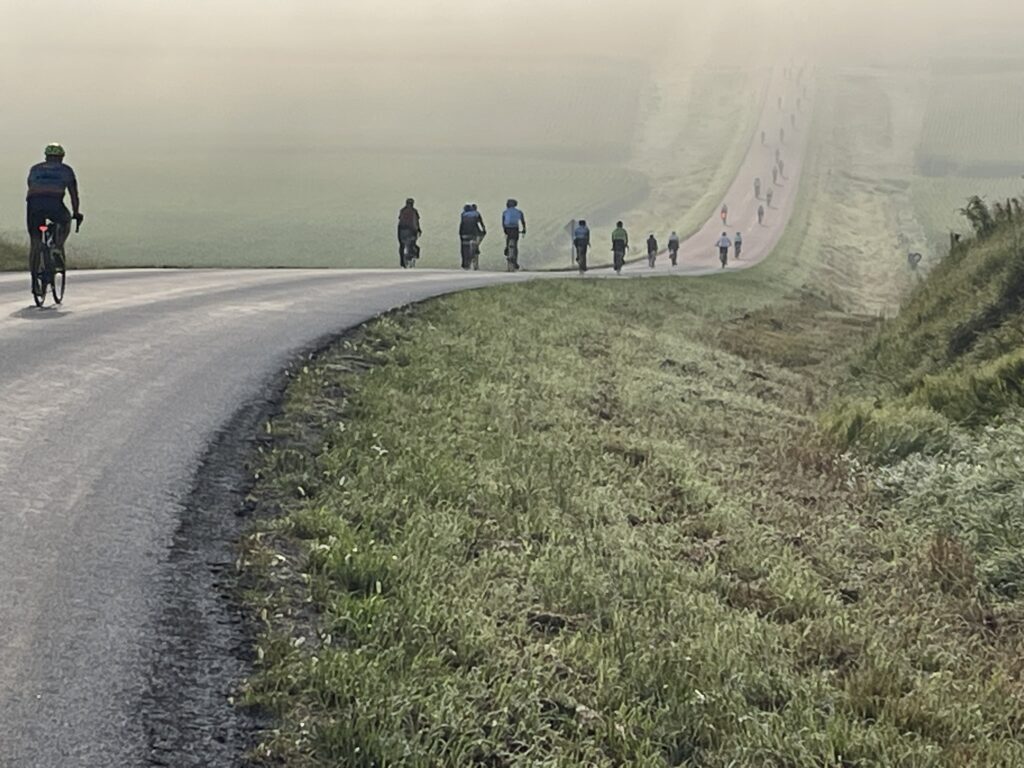
Some of the 20,000 riders who took part in the Des Moines Register’s Annual Great Bicycle Ride Across Iowa, or RAGBRAI, in July 2024. Photos/by John Watts
Cyclists start eastward with sunny dispositions. Then the sunny days — averaging above 90 degrees with a few thunderstorms mixed in — start mouths grumbling and legs grinding. And yet they return, year after year. An ardent couch potato myself, I had vastly underestimated the allure of recreational masochism.
Was my perspective possibly too cynical, too jaundiced? In fully intending to avoid it, had I missed something wonderful? Several Claremonters had made the trip and survived, so I decided to interview one of them, Dick Donat, a veteran of three such rides.
“RAGBRAI is best described as a rolling circus. It’s fantastic,” Donat said. “You could also call it well-organized chaos. Everyone, even couch potatoes, should have a chance to enjoy it. Since its inception in 1973, RAGBRAI has become an opportunity for people from all parts of the world to experience Midwestern hospitality, trust and friendliness.”
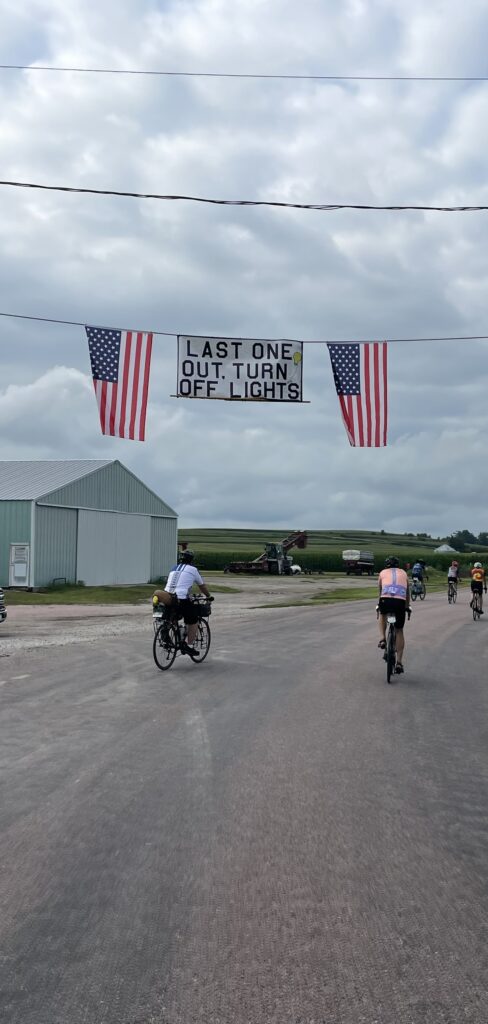
experience.” Off to Iowa to join some 10,000 cyclists then (now more than 20,000) in what has become the oldest and largest bicycle ride in America.
Before reading the ad, he had enjoyed some leisurely exercise rides of “a few” miles. “Our first day out was a scheduled ride of 75 miles,” he said. “But a friend and I discovered that our bikes had been delivered to a town 13 miles east of the river, so we first rode west to the Missouri, then back to the ride starting point, then 75 miles. You do the math.”
The next morning, anything and everything that could ache announced its presence: sore seat, sore legs, sore wrists. But ok, he thought, we can do this. “You learn to pace yourself, take breaks with others,” he said. “In the morning you leave early, get the kinks out, and then at about the 10 mile line you spot the pancake man and his 12-foot griddle, and by that time, boy, those pancakes taste good. Around lunchtime you go through towns selling steak sandwiches and homemade pies. Along the way there are little farmhouses with kids selling lemonade and cookies. I quickly became a connoisseur of chocolate chip cookies.
“At first you worry about gaining weight. After about the 20th cookie, you convince yourself that you are exercising so much that you couldn’t possibly gain weight. It helps not to weigh yourself, with the fallback thought that you can’t trust other people’s scales anyway.”
Each year a new route is created, avoiding main highways, concentrating on “sectional roads” that go through small Iowa towns whose appreciation of the monetary windfall of some 20,000 visitors is exceeded only by their homegrown hospitality. Highway patrol officers take vacation days to direct traffic, leaving the roads open exclusively for the bicycle tour.
“Part of the pleasure is seeing all the people. Individuals, three generation families, organized groups – they all ride,” Donat said. Supporters bring RVs, natives open their homes (no charge), and many sleep in tents on high school football fields. There is a huge business in moving a thousand porta-potties from town to town. Caravans of trucks and other vehicles move your gear along as well.
“The ride can be leisurely, with plenty of time to chat along the way or stop for a beer,” Donat said. “But in any group there are, of course, the would-be ‘hot dogs’ who want to prove themselves, and that leads to what is called ‘tuna trolling.’ A moderately fast line of good riders will move through the groups, and when they spot the obvious ‘hot dog,’ they will invite him to fall in line with them, allow him to feel important for a mile or so, and then with a nod, pick up the pace and leave their erstwhile friend in the dust, panting and perhaps a little humbler. All in good fun.”
The hospitality and trust of small-town Iowa just knocks you over, Donat said. “We got to one town where all the tent spots appeared taken, so the owner of an insurance company offered us space on the lawn outside his office. ‘Is there a bathroom nearby?’ we asked. ‘There’s one in the office. I’ll just leave the door open’ was the reply. Two guys hot to play a little golf at a course they saw seven miles back, asked for the phone number of a local taxi service. ‘We don’t have any taxis,’ came the reply, ‘but there’s an extra car out back and keys on the board in the office. Just put them back when you return.’”
Dick Johnson came to Claremont in 1962 and rarely left. He taught history at Cal Poly Pomona and now lives at Mt. San Antonio Gardens.



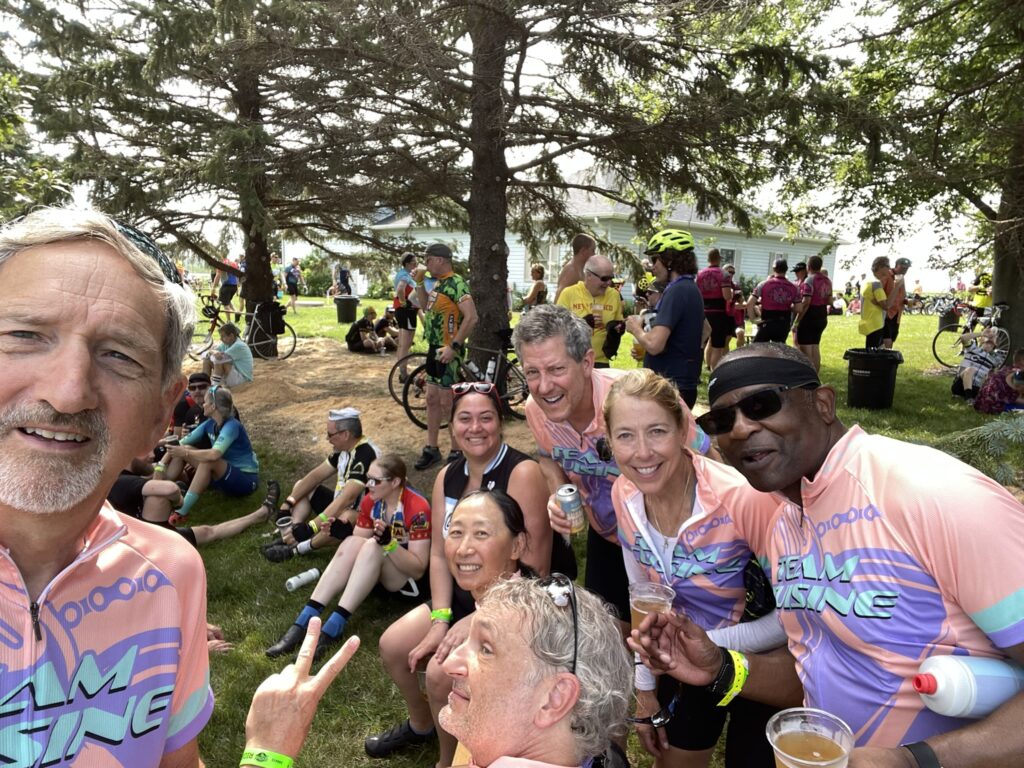
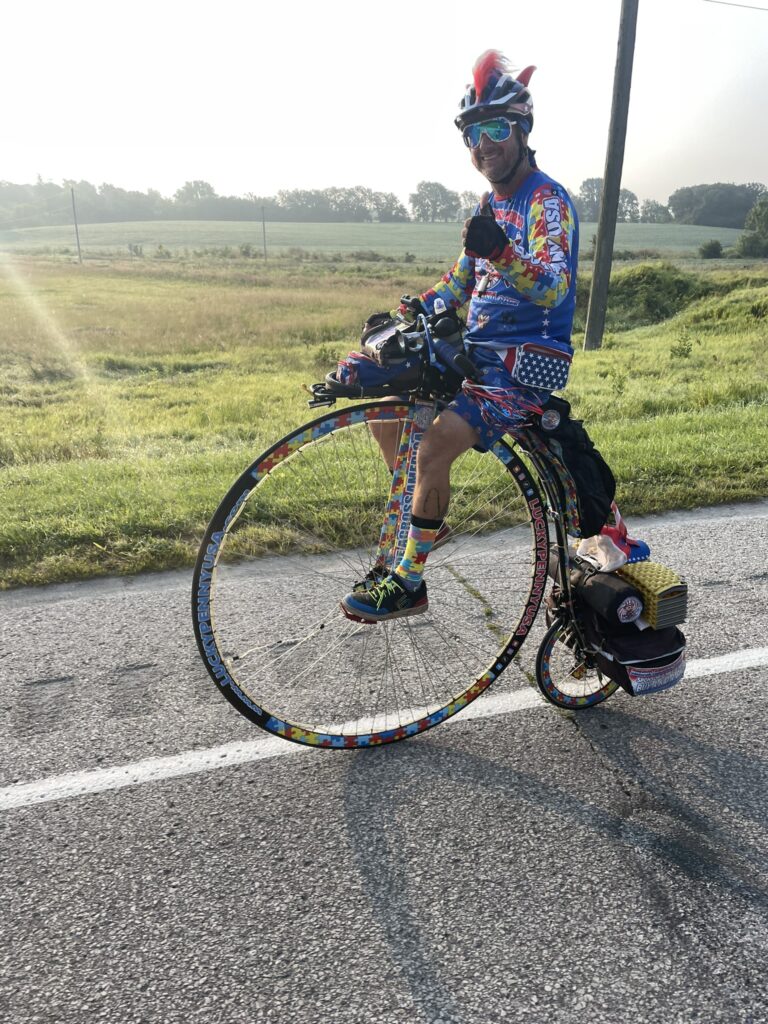
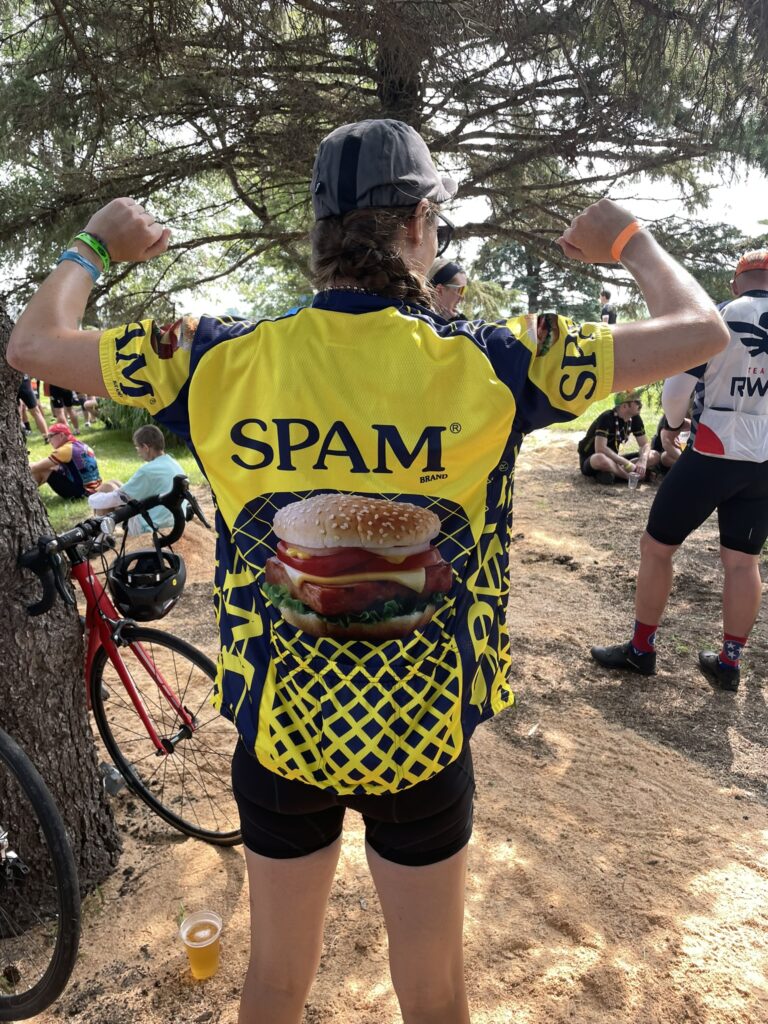
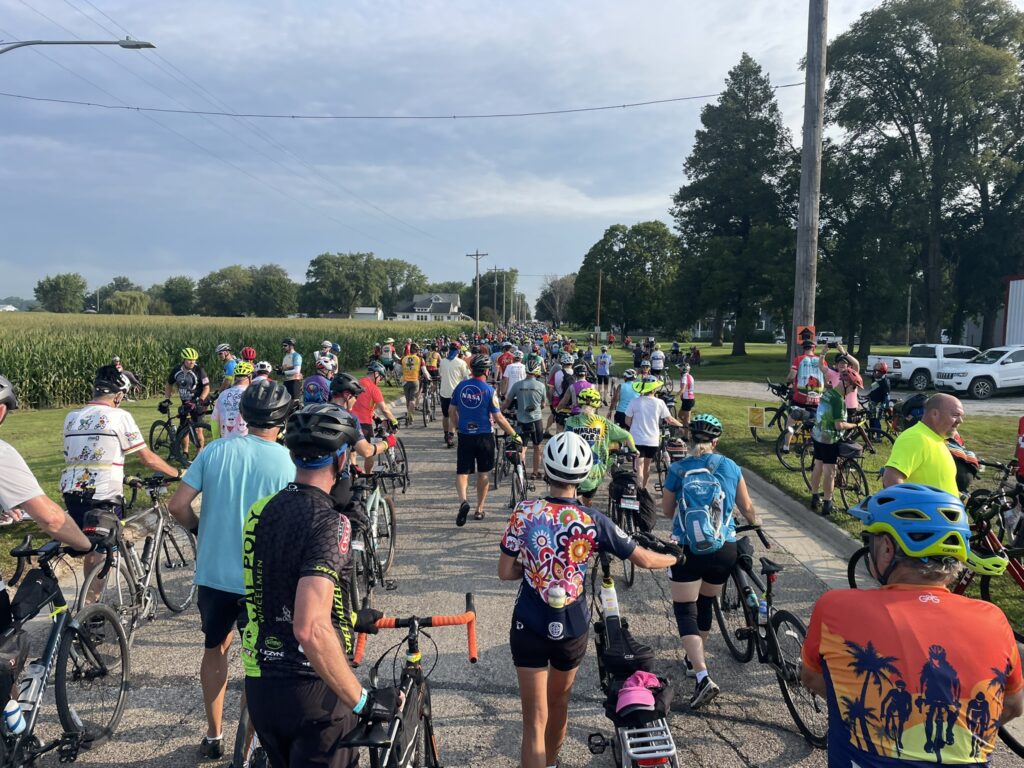

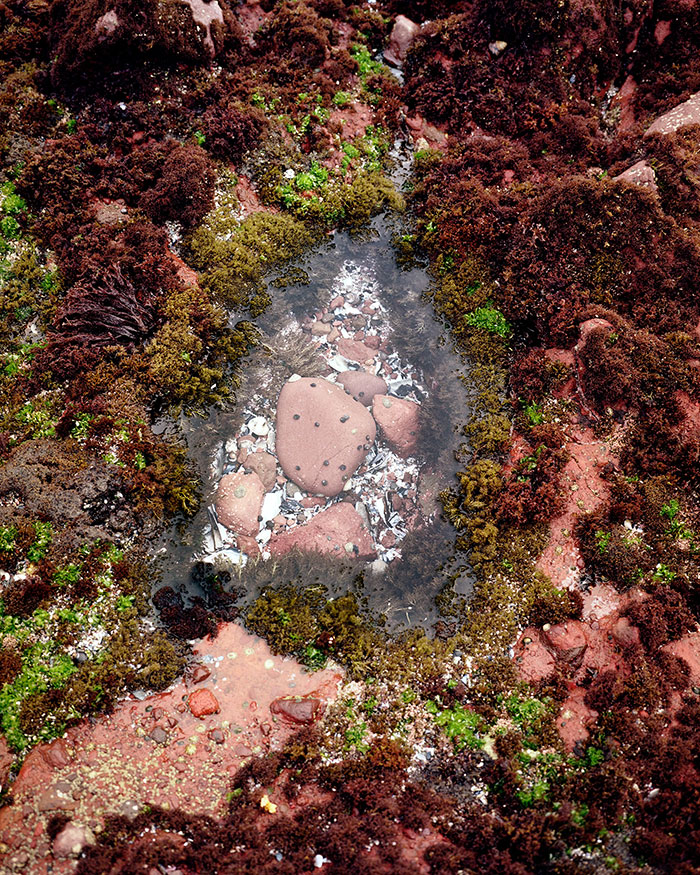

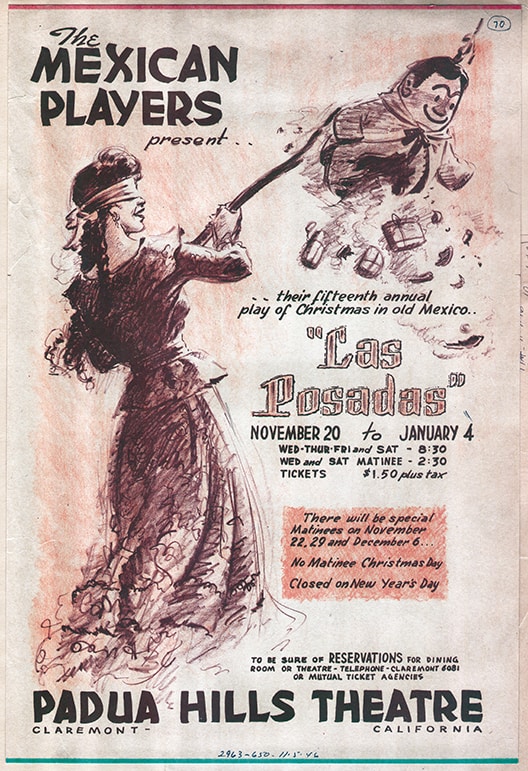
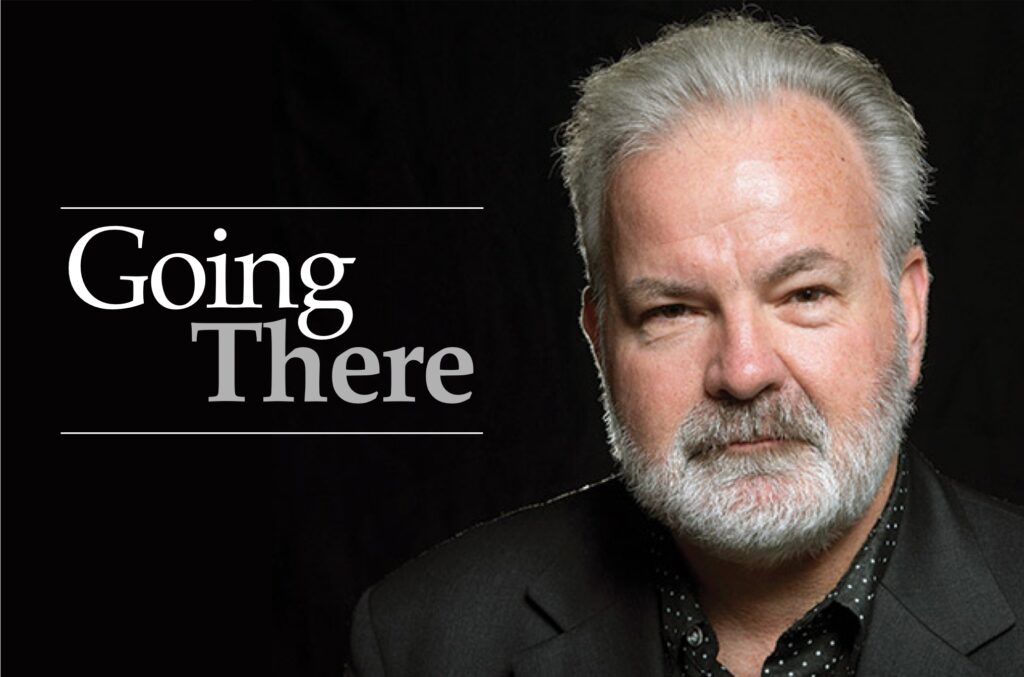


0 Comments